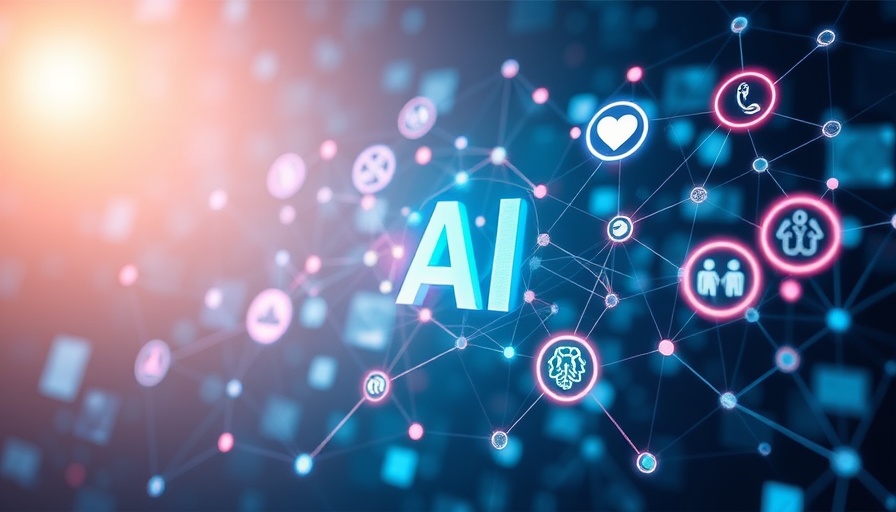
The Rising Necessity of AI in E-Commerce
In today's fast-paced digital landscape, AI is much more than a buzzword; it has transformed into a fundamental driver of success for e-commerce businesses. No longer a luxury reserved for tech giants, artificial intelligence is now accessible to merchants of all sizes—reshaping how they attract, convert, and retain customers.
Understanding AI Integration
AI in e-commerce melds data analysis, machine learning, and a high degree of automation, enhancing customer experiences from the moment they first engage with an online platform. Utilizing AI to analyze customer data helps predict behavior, tailor recommendations, and optimize inventory. Think about the last time you shopped online—those personalized recommendations are driven by intricate AI algorithms analyzing your browsing habits and past purchases.
The Core Mechanism: Data-Driven Insights
At the heart of these AI systems lies a three-step process: data collection, machine learning and pattern recognition, and eventual automation. Every click, every glance, and every purchase is recorded as data, feeding into these AI systems to help businesses understand what customers want. The AI learns from this data, recognizing patterns that might not be obvious to human analysts.
Ethical Considerations and Challenges
While AI enhances operational efficiency, ethical considerations loom large. Concerns regarding data privacy and security challenge companies to find a balance between personalization and the responsible use of consumer information. As businesses strive for growth, it’s crucial to remain transparent about data usage and uphold consumer trust.
Looking Ahead: The Future of AI in E-Commerce
The future holds immense potential as AI technology evolves. Trends indicate an increase in customer-centric innovations, such as enhanced virtual shopping experiences and predictive inventory management. Companies leveraging AI will not only enhance customer satisfaction but also streamline operations to stay competitive.
Actionable Strategies for AI Adoption
So, how can merchants make the leap into effective AI integration? Start by identifying areas where AI can solve specific problems—whether through chatbots for improved customer service or analytics tools for inventory prediction. Implementing a robust AI strategy also aligns well with agile methodologies, enabling businesses to adapt and respond to shifting consumer needs effectively.
Join the AI Revolution
As e-commerce continues to evolve, understanding AI's role is paramount. Moving forward, merchants must embrace this technology not just as an option, but as a necessity to thrive in a competitive market. Explore how AI tools can streamline your operations and transform your customer interactions.
 Add Row
Add Row  Add
Add 




Write A Comment